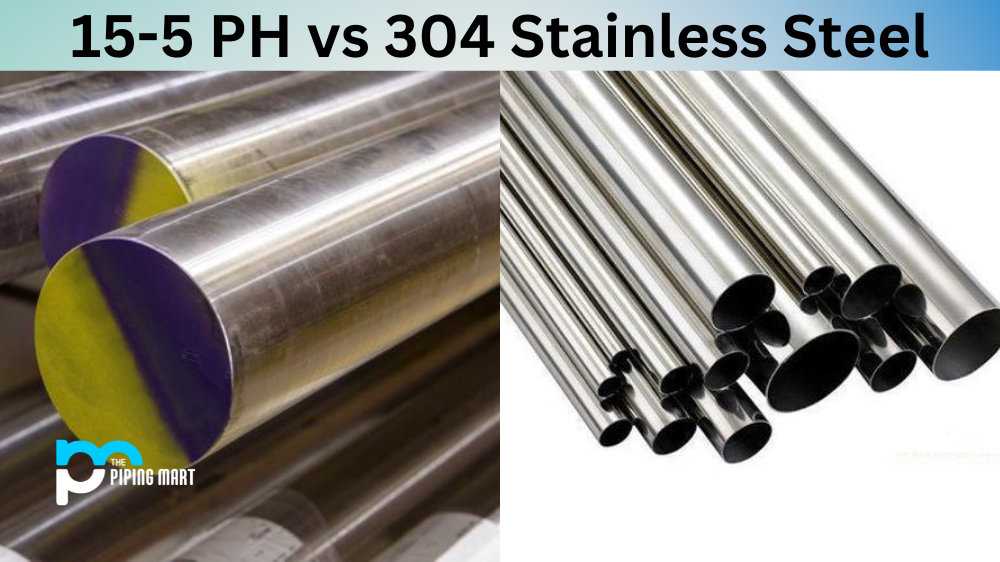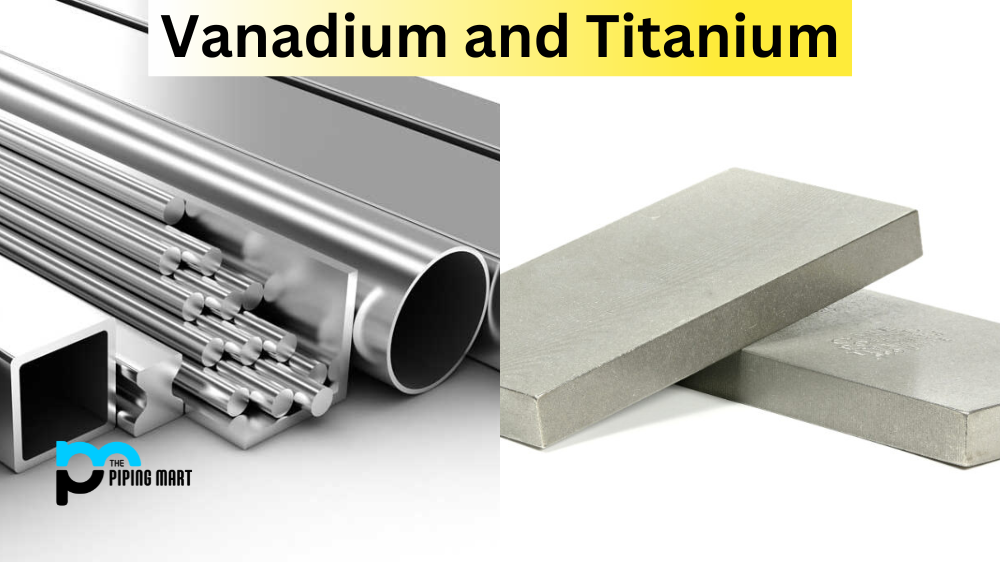Stainless steel is a versatile material commonly used in various applications due to its excellent corrosion resistance and durability. However, not all stainless steel is created equal. Different types of stainless steel are available, each with unique properties and characteristics. Two of the most popular types of stainless steel are 15-5 PH and 304 stainless steel. In this blog post, we’ll explore the similarities and differences between these materials to help you determine the best application.
What is 15-5 PH Stainless Steel?
15-5 PH is precipitation-hardening stainless steel that is often used in applications where high strength and corrosion resistance are essential. It gets its name from the 15% chromium and 5% nickel that comprise its composition, along with trace amounts of copper, phosphorus, and sulfur. 15-5 PH is also known for its excellent welding capabilities and good machinability. It is often used in aerospace, chemical processing, and marine environments due to its exceptional strength and ability to withstand harsh conditions.
What is 304 Stainless Steel?
304 stainless steel is a widely used austenitic stainless steel that contains 18% chromium and 8% nickel. It is known for its excellent corrosion resistance and high ductility, making it ideal for kitchen appliances, food processing equipment, and automotive components. 304 stainless steel is also easily weldable and has excellent forming and machining properties. Due to its high level of corrosion resistance, it is often used in outdoor applications where exposure to moisture and other elements is a concern.
Difference Between 15-5 PH and 304 Stainless Steel
One of the key differences between 15-5 PH and 304 stainless steel is their composition. While both materials contain chromium and nickel, 15-5 PH has a higher percentage. This results in its superior strength and corrosion resistance. Another key difference is their hardness. 15-5 PH stainless steel is a harder material than 304 stainless steel, making it more resistant to wear and tear. Additionally, 15-5 PH stainless steel can be heat treated to achieve even higher levels of strength and toughness.
Chemical Composition
The main difference between 15-5 PH and 304 stainless steel is the composition. 15-5 PH is made up of 15% chromium, 5% nickel, 3% manganese, 1% silicon, and 0.15% carbon. 304 stainless steel contains 18% chromium, 8% nickel, and 0.08% carbon.
Mechanical Properties
15-5 PH has a higher tensile strength than 304 stainless steel, while 304 stainless steel has a higher yield strength. 15-5 PH also has a higher Rockwell hardness than 304 stainless steel.
Corrosion Resistance
Both 15-5 PH and 304 stainless steel have excellent corrosion resistance. However, 15-5 PH is more resistant to salt water corrosion than 304 stainless steel.
Applications
15-5 PH is commonly used in the aerospace industry, while 304 stainless steel is commonly used in the food and beverage industry.
Similarities
Despite their differences, 15-5 PH and 304 stainless steel are similar. For example, both materials are widely available and cost-effective. They are also both known for their excellent welding and machining properties. Additionally, both materials exhibit exceptional corrosion resistance, making them suitable for various applications.
Conclusion
When choosing between 15-5 PH and 304 stainless steel, it ultimately comes down to the specific needs of your application. If you require a material with superior strength and corrosion resistance that can withstand harsh environmental conditions, 15-5 PH stainless steel may be the right choice. On the other hand, if you are looking for a material that is easier to work with and can provide excellent corrosion resistance in a wide range of applications, 304 stainless steel may be the better choice. By understanding the differences and similarities between these two materials, you can make an informed decision and select the right stainless steel for your project.

Abhishek is a seasoned blogger and industry expert, sharing his insights and knowledge on various topics. With his research, Abhishek offers valuable insights and tips for professionals and enthusiasts. Follow him for expert advice on the latest trends and developments in the metal industry.




